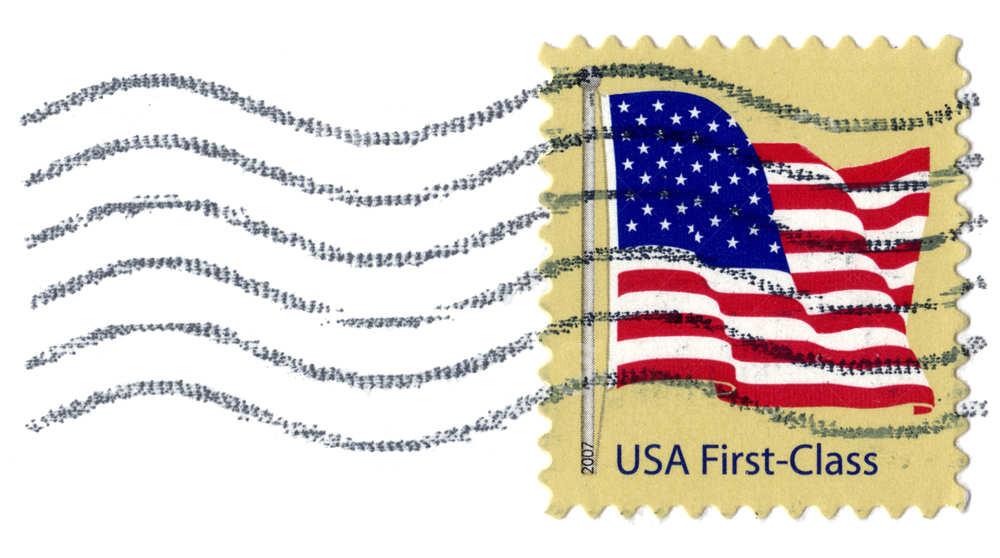Many years ago, we dealt with a medium-sized biotechnology company and as part of their budget process, we were asked to price all their projected mailing projects for the upcoming year including postage. This was a time-consuming process that would take about a week to put together and finalize.
Each year, the marketing department would run out of money by July or August and ended up cutting almost all their projects for the last part of the year. So, why after a detailed and extensive process did the marketing department run out of money for direct mail? One word – postage.
As part of our process, we had assumed the proper postage method for the purpose and type of each piece being mailed. Things that were not a delivery priority such as newsletters or pieces that would weigh over an ounce (First Class postage increases by the ounce while Marketing or Standard mail is the same up to 4 ounces), we assumed a Marketing mail method with the rest being First Class Presort.
However, as the jobs would come up, the marketing coordinator insisted that we mail out everything via First Class, no matter the circumstances. When we brought up that they were spending tens of thousands of dollars more in postage than they needed to, she simply replied “We are a first-class organization and first-class organizations should mail everything First Class”.
Applying the proper postage is the number one way to stretch your direct mail dollar and increase your ROI. Please note the word “proper” is emphasized here instead of “cheapest”. This is because there are times when a piece should be mailed via First Class instead of via Marketing or Non-profit such as…
- Timing – you have a specific or short date for an offer or event: While Marketing mail is significantly less expensive than First Class, there is no definite delivery date published (for a letter-size piece we would suggest allowing 5 to 7 days) and that needs to be taken into account when deciding on the postage method.
- Timing – you want to control the piece delivery as best you can: Maybe you have other pieces of the marketing program that interact with your direct mail piece and you want some assurances of when the piece will be in the person’s mailbox. While it used to be easier to predict the delivery of First-Class mail before USPS closed over 400 distribution centers, you can still predict delivery more effectively via First Class than the Marketing postage method.
- Postcards: Many people use the term “postcard” for any type of card going through the mail. In postal world, the term “postcard” is a very specific piece with any card between the minimum size of 5 X 3.5 to the maximum 6 X 4.25. While I predict that this will not always be the case, postcards have a special rate case that makes it cheaper to mail via First Class than Marketing mail and benefiting from the first-class service. Unless, you are mailing a postcard via Non-profit, it is ridiculous to send a ”postcard” by any other method than First Class.
- Bad experience: We never minimize when a customer has had a bad experience mailing using the Marketing method and has a mailing so important that they don’t feel comfortable unless it goes via First Class. And while we might try to persuade and reassure them by rearranging the timeline, we cannot get away from the fact that Marketing mail delivery can be unpredictable, and we need to respect the client’s “risk” tolerance.
- Miscellaneous: The big four are listed above for being appropriate to mail First Class, but there are several other situations where we would recommend First Class over Marketing.
The key word in number five is recommend. Postage is too important not to be having a dialogue with your mailing professionals. Not only because of the amount of money that is involved but the overall success of your direct mail project can be affected by not selecting the correct postage method. We at Cox Printing take pride being able to provide all your options so you can make the best decision possible for your campaign.

